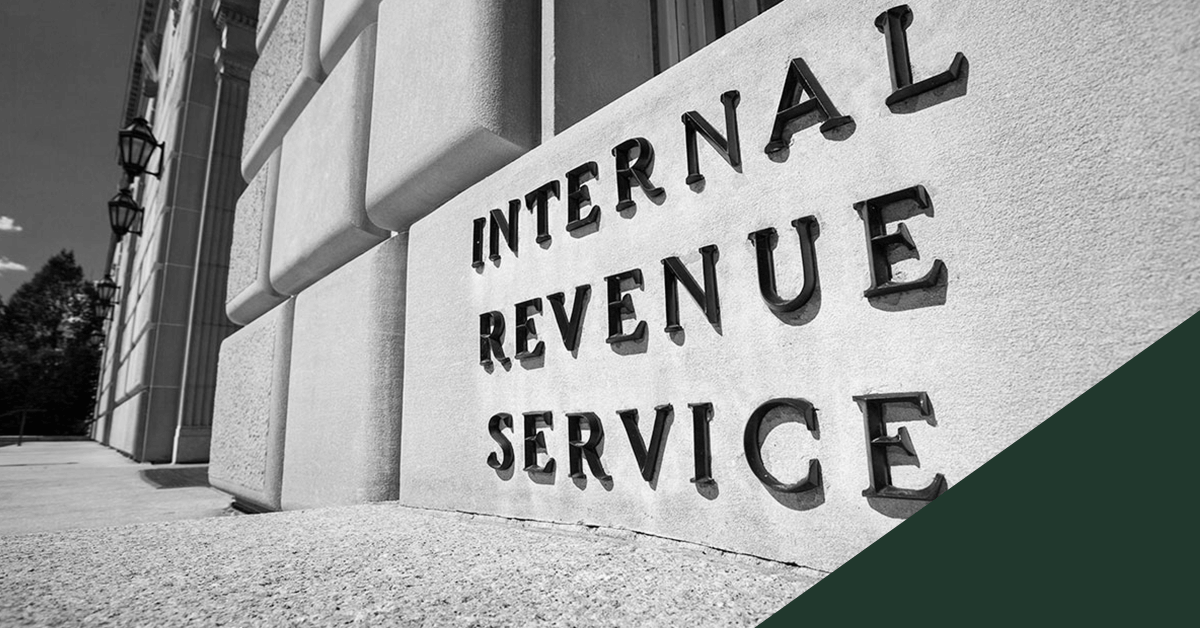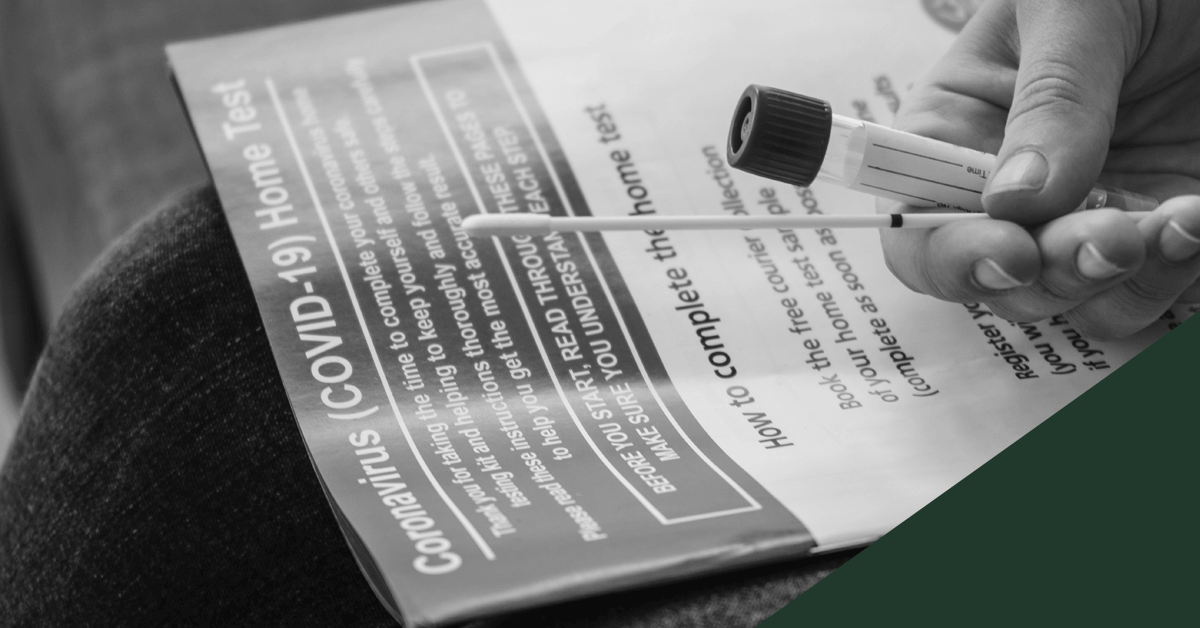Recently you came across an exciting startup company that is developing an app for business that could revolutionize an industry. After extensive discussions with its founder and the recognition that your skills could substantially benefit the company, the parties agree that you will soon receive restricted stock that will vest over a period of time in exchange for the valuable services you will provide over a multi-year period. After telling friends at a cocktail party about your exciting opportunity, they mention that you may want to make a section 83(b) election. Until this point you had successfully avoided anything to do with the IRS or tax, but after hearing of potentially “huge tax savings” from friends by simply making this election, you realize that you need to get a better understanding of this election and whether it’s right for you. Fear not, this article is here to help with your decision.
Receipt of Stock for Services
To understand a section 83(b) election, our service provider must first understand the default rule under section 83(a). Under section 83(a), when a service provider receives property in exchange for services, the service provider must recognize income computed as follows:
Fair market value (FMV) of the property received (more on this below) at the earlier of:
(1) the first time the property is transferrable, or
(2) the time the property is not subject to a “substantial risk of forfeiture” (SRF)
LESS: the amount paid for such property.
An SRF exists if the service provider’s rights to the property (stock in our example) are conditioned on future events, such as future performance of services. For example, if a service provider receives restricted stock that vests 25 percent after one year of service with the remaining 75 percent vesting equally over 36 months, but the unvested stock is forfeited if they no longer provide services as required in the Restricted Stock Agreement, an SRF is in play. Thus, if our service provider above receives unrestricted stock of the company (i.e. can transfer immediately and the stock is not subject to an SRF) in exchange for services, there is no decision to make – they will have taxable income to the extent of the formula above. However, if our service provider receives stock that cannot be transferred and has an SRF, under section 83(a) they will not recognize income until the first tax year in which the stock is either transferrable or no longer has an SRF. That is, unless they make a section 83(b) election.
The Section 83(b) Election
Under section 83(b), a service provider can essentially elect out of the deferral of income under section 83(a) and include it in their gross income in the year the property is transferred. Instead of recognizing income as the stock vests, the service provider recognizes income in the year the stock is transferred to them to the extent, and in the amount, that the fair market value of the stock at the time of transfer exceeds the amount paid for it.
How do I decide whether to make a section 83(b) election?
If you’re asking yourself “why in the world would I trigger tax early that I could pay later?”, that’s certainly an understandable response. They answer lies in what you expect the value of the stock to be when it vests. Let’s return to our example where vesting occurs 25 percent after one year of service and 75 percent equally over the next three years provided services are still being provided. If the app is currently at the development stage with no revenue and little established value, but you expect development to be completed in the following year with an immediate substantial revenue stream, you have a prime situation where a section 83(b) election may be desirable. By making the election in the year the stock is received and picking up income at that point, the tax burden could be substantially less because it is based off a much lower FMV. On the other hand, if you wait until the stock vests to recognize the income and at that point the value of the company is substantially larger because the app is completed, there is substantial investment in the company, and there is a solid revenue stream, the burden could be substantially larger.
Are there downsides of making the section 83(b) election?
Unfortunately, the section 83(b) election does not come without risk. As noted before, section 83(b) is only implicated where there is a SRF. Suppose that our service provider made a section 83(b) election because they felt the company had great potential and paid tax based on the current value, but decides to leave the company before it vests. Under that scenario, the service provider cannot take a deduction to offset the income picked up and tax paid in the year they received the stock, even though they never received the unrestricted stock.
When and how do I make a Section 83(b) election?
The timing of the section 83(b) election is crucial – it must be made within 30 days of the transfer of the stock. Thus, the company and the service provider should work together to ensure that this timeline is met. The section 83(b) election must be sent to the same IRS address to which the service provider sends their yearly tax return, and should include all of the following:
- Name, address and taxpayer identification number;
- A description of the property
- The date on which the property was transferred and the tax year for which the election is being made;
- Nature of the restrictions the property is subject to;
- The fair market value at the time of transfer;
- The amount paid for such property, if applicable; and
- A statement that any required notices have been furnished by the taxpayer. (For instance, the service provider must provide notice to the company that the section 83(b) election has been filed).
What are the tax implications to the company that issues the restricted stock?
The company that issued the restricted stock can take a deduction to the extent of the income recognized by the service provider in that same year.
Valuation Issues Pertaining to Section 83
Under section 83, whether income is recognized as the stock vests or done up front via a section 83(b) election, the FMV of the property must be computed without regard to any restriction other than a restriction on the property that never lapses. Thus, the service provider cannot reduce FMV for discounts and other items that reduce value.
Additionally, startups often issue restricted stock at a stage when it’s very difficult to determine the fair market value of the company, such as when the underlying IP is still in development or where there are little to no sales yet. The IRS standard for valuation is provided in Revenue Ruling 59-60, which states that FMV is “(t)he amount at which the property would change hands between a willing buyer and willing seller, when the former is not under any compulsion to buy, and the latter is not under any compulsion to sell, both parties having reasonable knowledge of relevant facts.” Absent a buyer who comes forward to buy the company at a set price or other financial information (e.g, revenue numbers, etc.) that can establish a value that will satisfy Rev. Rul. 59-60, the service provider will have to work with the company to determine a proper value for the restricted stock. This could be satisfied, for instance, if the company is in the process of issuing securities or just completed a round to investors by using the valuations done in conjunction with those securities to determine FMV. It is important to note that if the service provider uses a value for determining their income from the section 83(b) election that differs from amounts used by the company for its activities, the IRS could use such documentation to support an income adjustment to the service provider.
Ultimately, if a section 83(b) election is made in the proper circumstances, it can generate substantial tax savings to the service provider, and an earlier tax deduction for the service recipient. It is important to note that there are additional nuances and restrictions in section 83 and the underlying authority that must be understood to reach the proper conclusion of whether to pursue such an election.
Varnum LLP advises businesses at all stage of development on issues including taxation, corporate, regulatory, employee benefits, mergers and acquisitions, and succession planning. Please contact us to set up a consultation.







